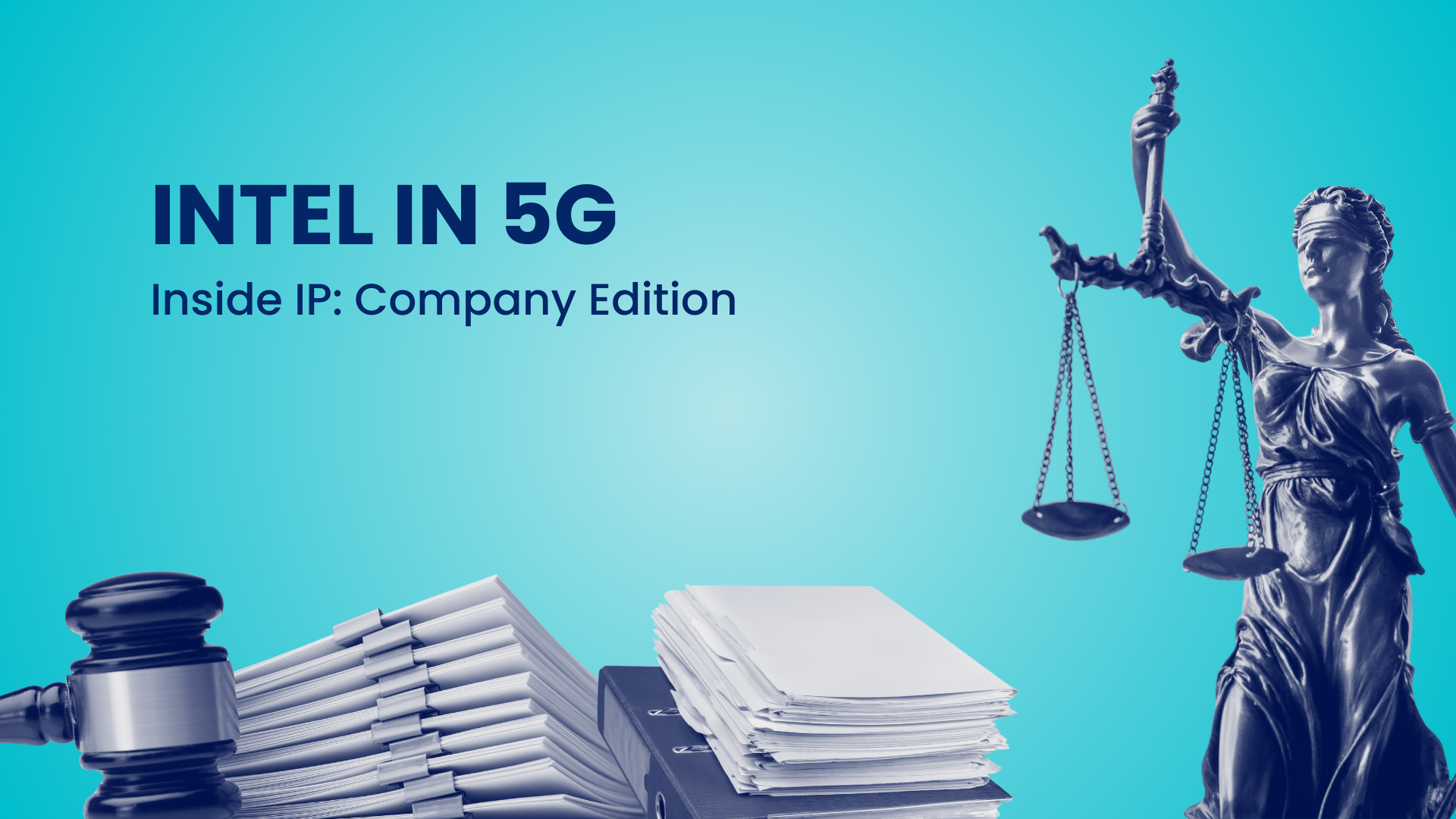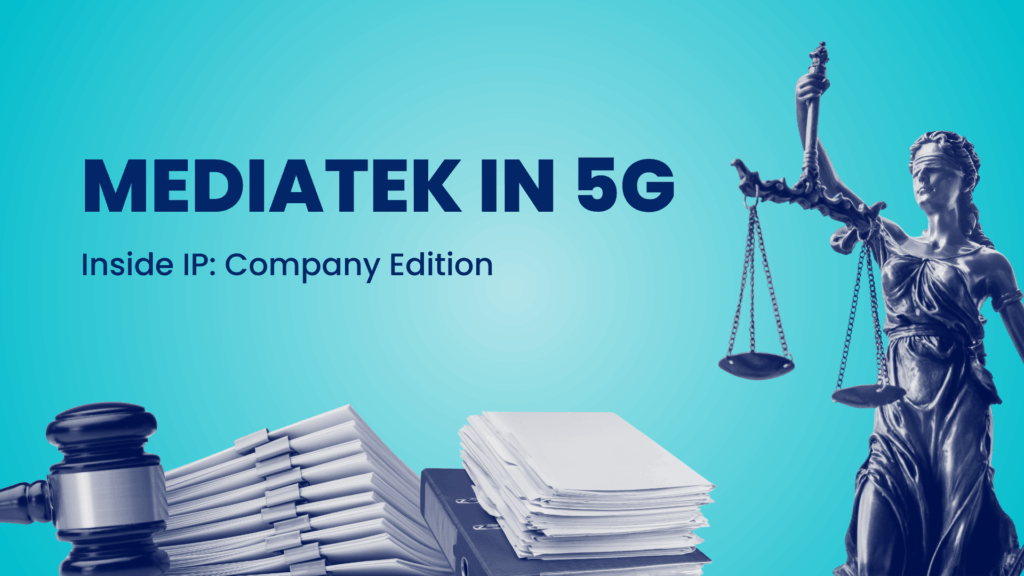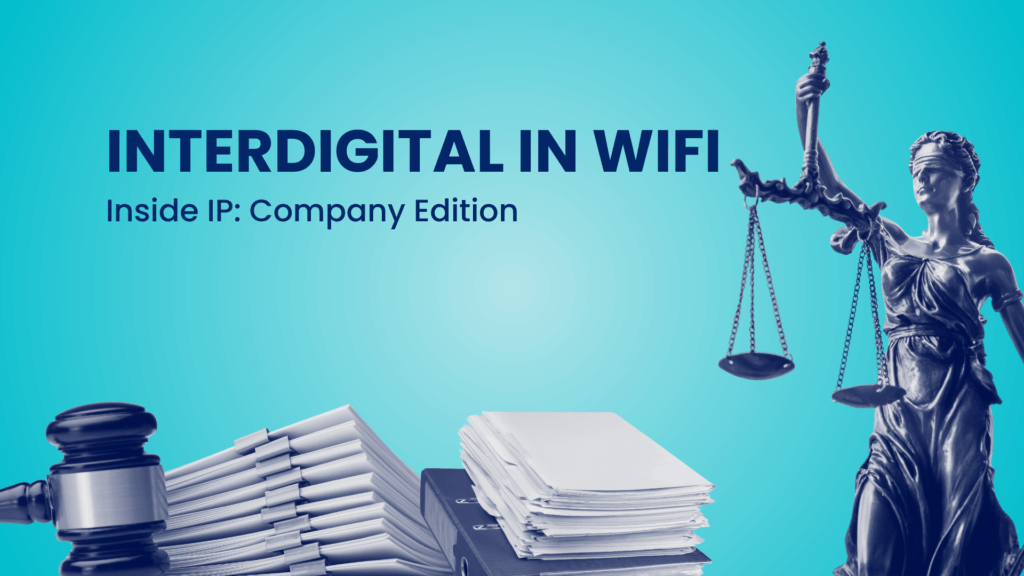In the fast-evolving world of technology, where innovation is the bedrock of competitive advantage, a robust intellectual property (IP) strategy is not merely an asset—it’s a dynamic shield and a powerful growth engine. Few companies exemplify this better than Intel, a titan of the semiconductor industry. With a legacy spanning decades, Intel has consistently shaped the future of computing, driven by an immense and strategically managed patent portfolio. How does a company of Intel’s stature maintain its innovative edge and influence the technological landscape through its IP? Delving into their patent activities reveals a sophisticated approach to innovation, protection, and market leadership.
Intel’s Foundational IP: Shaping the Future of Technology
Intel’s intellectual property portfolio stands as a testament to its profound impact on the global technology sector. Their patents are not just numerous; they are foundational, frequently cited by other innovators and playing a critical role in shaping the development trajectory of various technologies. This is particularly evident in the strength of their core patents, which often serve as benchmarks against which new innovations are measured.
High-Impact Patents Influencing the Industry
A closer look at Intel’s patent landscape reveals several patents that demonstrate significant influence within the industry. These patents have been instrumental in asserting Intel’s prior art, leading to rejections of numerous patent applications from other companies working on similar technologies. This highlights the substantial strength and inherent value of Intel’s innovation.
Based on data extending up to September 2024, several key patents have impacted numerous applications. Patent US11620256B2 had the most significant effect, impacting over a dozen applications from notable companies including Samsung, Qualcomm, and others. Another important patent, US11901274B2, affected around eight applications. Following that, two patents, US11601789B2 and US11804725B2, each impacted several applications, while patent US11573611B2 affected a few applications.
The influence of Intel’s patents extends to the competitive landscape, where their existing innovations have significantly impacted the patenting efforts of other major players. Companies exploring similar technological avenues have frequently encountered Intel’s patents during examination, requiring them to adjust their strategies or leading to their applications not proceeding.
Competitors Navigating Intel’s Robust Patent Landscape
Several competitors have had to navigate Intel’s robust patent landscape, leading to a number of their applications being impacted. Qualcomm Incorporated appears to be the most affected, with around half a dozen of its applications impacted. Following closely is Samsung Electronics Co., Ltd., which saw a handful of its applications impacted. Abbvie Biotechnology Ltd had several applications affected, while Huawei Technologies Co., Ltd. experienced an impact on a few of its applications. Lastly, Guangdong Oppo Mobile had a couple of its applications impacted.
Moreover, the strength of Intel’s patents is underscored by instances where competitive patent applications have been significantly affected due to rejections based on Intel’s existing IP. This demonstrates the company’s strong foundational position and the strategic advantage its patent portfolio provides.
Applications Requiring Adjustments Due to Intel’s Patents
Several companies have had their patent applications impacted to varying degrees. Both Abbvie Inc. and Hewlett-Packard Development experienced the most significant effects, with several of their applications being impacted. Guangdong Oppo Mobile saw a couple of its applications impacted, while Baylor College of Medicine and Covia Holdings each had a single application affected.
Strategic Accelerated Innovation: The Power of Track One Requests
In a rapidly innovating industry, speed to market is paramount, and Intel leverages strategic tools like the USPTO’s Track One program to accelerate its IP protection. In the past two years alone, Intel successfully secured grants for more than 3,600 U.S. patents. Notably, around 75 of these critical applications were fast-tracked through the Track One request process. This prioritized examination strategy offers a significant competitive edge, allowing Intel to secure key intellectual property positions more swiftly and bring innovations to market faster.
An analysis of these fast-tracked patents reveals Intel’s concentrated focus on emerging and high-priority technological domains:
- Wireless Communication and Networking: Including advancements in 5G/Cellular Network Technologies and sophisticated WiFi and IoT Communication Systems.
- Graphics and Processor Technologies: Encompassing innovations in Graphics Processing and Rendering, alongside advanced Processor and Memory Architectures.
- Machine Learning and AI Technologies: With emphasis on AI Hardware and Optimization, as well as AI Applications and Inference Optimizations.
This proactive approach underscores Intel’s commitment to driving innovation in these critical areas and staying ahead in the technological race. Competitors are well-advised to closely monitor developments in these domains as Intel continues to roll out cutting-edge solutions.
Driving Standardization and Industry Advancement: Intel’s 5G Contributions
Intel’s influence extends beyond its patent portfolio into the very fabric of industry standards. As a pivotal contributor to the evolution of 5G technology, Intel has played a significant role in shaping its development and implementation. During the development phase of 5G up to Release 17, Intel contributed a substantial number of documents, with hundreds of these submissions gaining approval. This highlights Intel’s impactful role in the 5G standardization process, particularly with strong research efforts concentrated in User Equipment (UE) and foundational 5G infrastructure.
Intel’s patent contributions to key 5G technological areas further solidify its ongoing participation in this transformative domain:
Intel holds a notable patent portfolio across key 5G technology areas. In the domain of enhanced Mobile Broadband (eMBB), the company’s nearly 300 patents make up approximately 2% of the total of around 15,000 industry patents. Similarly, in the field of Ultra-Reliable Low Latency Communication (URLLC), Intel possesses over 250 patents, which also constitutes about 2% of the roughly 12,000 patents in the industry. For Multiple Input Multiple Output (MIMO) technology, Intel’s patent count is around 100, representing a slightly larger share of about 2.5% of the approximately 4,000 total industry patents.
While Intel’s share in these specific areas is a focused percentage of the overall industry contributions, it signifies their consistent involvement and dedication to advancing the core components that define the future of mobile networks.
Global Footprint: Where Intel Fortifies its IP Defenses
Intel’s global patent filing strategy reflects its market priorities and innovation hubs worldwide. The company maintains an extensive and geographically diverse portfolio, strategically protecting its intellectual property across key jurisdictions.
Intel’s Patent Portfolio by Key Jurisdiction
Intel’s patent portfolio is strategically distributed across key global jurisdictions, with a significant concentration in its home market, the United States, which holds over 86,000 patents. This highlights the US as the central hub for the company’s R&D and semiconductor innovation, ensuring strong intellectual property protection.
The Asia-Pacific region is another critical area, with a total of over 69,000 patents. This region is vital for manufacturing, sales, and innovation, particularly in electronics and semiconductors. Within this region, China leads with over 23,000 patents, reflecting its status as a major electronics manufacturing hub and a strategic market. Taiwan follows with over 14,000 patents, underscoring its advanced semiconductor ecosystem. Korea is also a key market for electronics and semiconductors with over 5,900 patents, while Japan, a traditional tech innovation hub, has over 2,400 patents.
In Europe, Intel has a broad regional focus, with over 25,800 patents filed through the European Patent Office (EPO). Germany stands out as a key European economy and technology market with over 9,600 patents, and the United Kingdom is another important market with over 5,000 patents.
To ensure harmonized global protection for its innovations, Intel utilizes the World Intellectual Property Organization (WIPO), holding over 24,400 patents through this channel. This approach, which covers multi-regional applications, demonstrates a strong global outlook in the company’s intellectual property strategy.
Beyond these dominant regions, Intel maintains a presence in emerging markets such as Brazil, India, Russia, and Mexico, indicating potential for increased future activity as digital transformation continues globally.
Looking at recent trends, Intel’s patent filing strategy has undergone a strategic evolution over the past five years (2019-2024), reflecting an optimized approach to its global IP portfolio. While specific jurisdictions like the U.S., China, and Europe saw adjustments in their annual filing volumes during this period, this refinement underscores Intel’s commitment to consolidating its intellectual property strength in core technological domains and strategic markets. The company continues to prioritize its filings in regions that are central to its research, development, and commercial operations, ensuring its IP aligns with its global business objectives. Notably, Intel’s use of the WIPO system has seen a significant increase over recent periods, highlighting a growing emphasis on streamlined global patent protection.
Optimizing the Portfolio: A Proactive Approach to IP Management
Effective IP management goes beyond just filing patents; it involves a continuous process of evaluation and optimization. Over the past five years, Intel has engaged in a robust portfolio management process, strategically refining its extensive patent holdings. This rigorous evaluation ensures that the company maintains a focused and high-value portfolio. Less than 10% of Intel’s total patents and applications have been strategically adjusted, demonstrating a proactive commitment to maintaining only the most impactful and relevant intellectual property assets.
This strategic management is supported by highly experienced legal teams. For instance, Blakely Sokoloff Taylor & Zafman LLP has been a significant partner, managing thousands of Intel’s patent filings. Intel’s broader patent strategy is characterized by a strong focus on semiconductor technologies, microprocessors, and chip architecture, with significant and growing filings in cutting-edge areas such as AI, 5G, and quantum computing. This demonstrates a clear intent to strengthen its position not only in traditional core areas but also in future-defining technologies, underpinned by a strong presence in the U.S. and strategic expansion into international markets like Europe and Asia.
Key Innovators: The Minds Behind Intel’s Breakthroughs
Behind every groundbreaking patent portfolio are visionary inventors. Intel’s leadership in wireless communication standards, particularly from 5G to the future 6G, is significantly attributed to the unwavering dedication of its top innovators. Their pioneering work fortifies Intel’s competitive position in the global telecommunications sector by driving innovation in wireless standards and Radio Access Network (RAN) technologies.
Here are some of the key inventors shaping Intel’s IP future:
- Gang Xiong (2011–2016): A crucial contributor to Intel’s efforts in defining 5G and 6G wireless standards, strategically positioning the company as a key player in next-generation communication technologies.
- Yushu Zhang: Instrumental in wireless communications, driving innovations that enhance Intel’s role in improving data transmission and connectivity.
- Jong-kae Fwu (2000–2022): With extensive expertise in 5G standards, he helped establish Intel’s robust intellectual property portfolio in 5G technologies, creating a strong foundation for Intel’s leadership in the emerging 5G ecosystem.
- Debdeep Chaterjee: Focused on wireless standards, ensuring Intel’s technologies align with global standards while contributing to industry-wide innovations in wireless connectivity.
- Yang Tang (2012–2019): Contributed extensively to RAN4, focusing on Radio Access Network testing and performance, thereby strengthening Intel’s capabilities in developing reliable and efficient communication systems that meet global benchmarks.
The collective ingenuity of these inventors is paramount to Intel’s ongoing drive to lead in next-generation wireless standards, ensuring the company’s continued relevance and influence in a rapidly advancing technological landscape.
Conclusion
Intel’s IP strategy is a dynamic and sophisticated ecosystem, reflecting its foundational role and forward-looking vision in the technology industry. From the strategic selection of high-impact patents that influence the competitive landscape to the accelerated protection of critical innovations via Track One requests, Intel consistently demonstrates an astute understanding of leveraging intellectual property for market leadership. Its significant contributions to 5G standardization, coupled with a globally diversified patent portfolio, underline a comprehensive approach to defending and expanding its technological footprint.
As Intel continues to innovate in core areas like semiconductors, AI, and next-generation wireless communication, its meticulously managed IP portfolio remains a powerful engine driving the company’s sustained influence and shaping the future of global technology.
Subscribe to our Inside IP newsletter for insights into patent filings, litigation shifts, licensing opportunities, and strategy breakdowns across tech and innovation-driven sectors.
Track your Competitors’ IP Strategy
Subscribe for Updates












